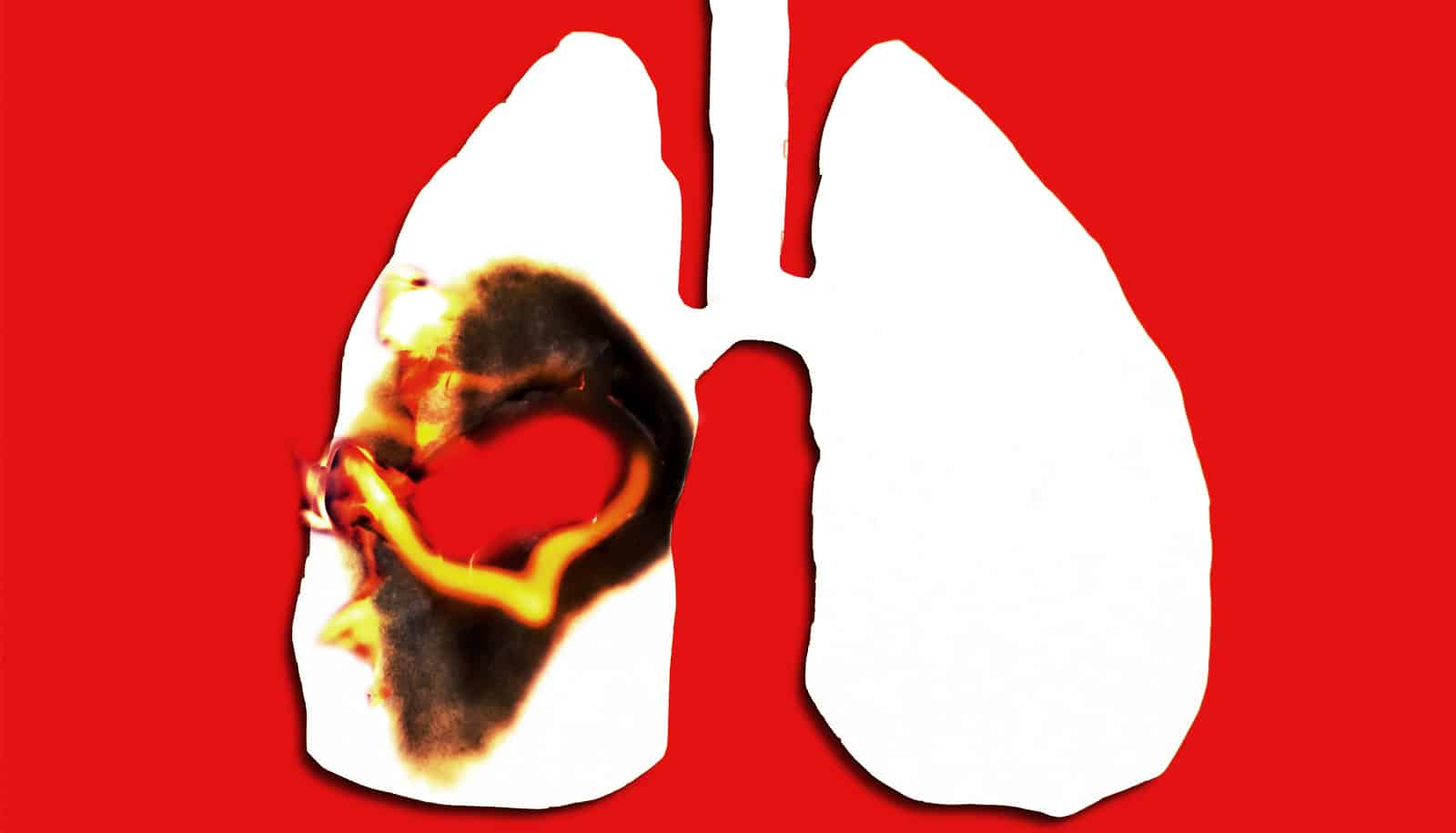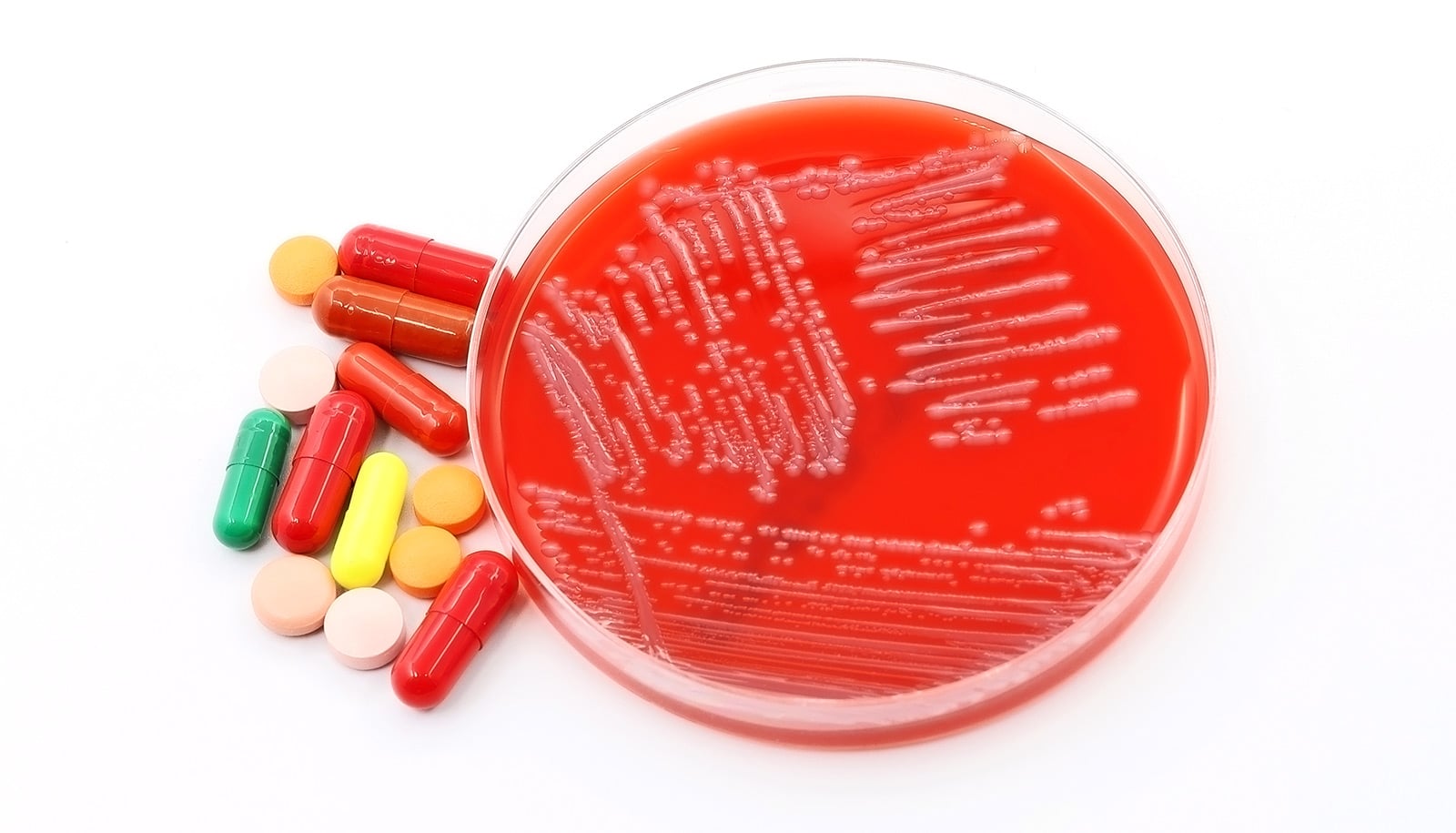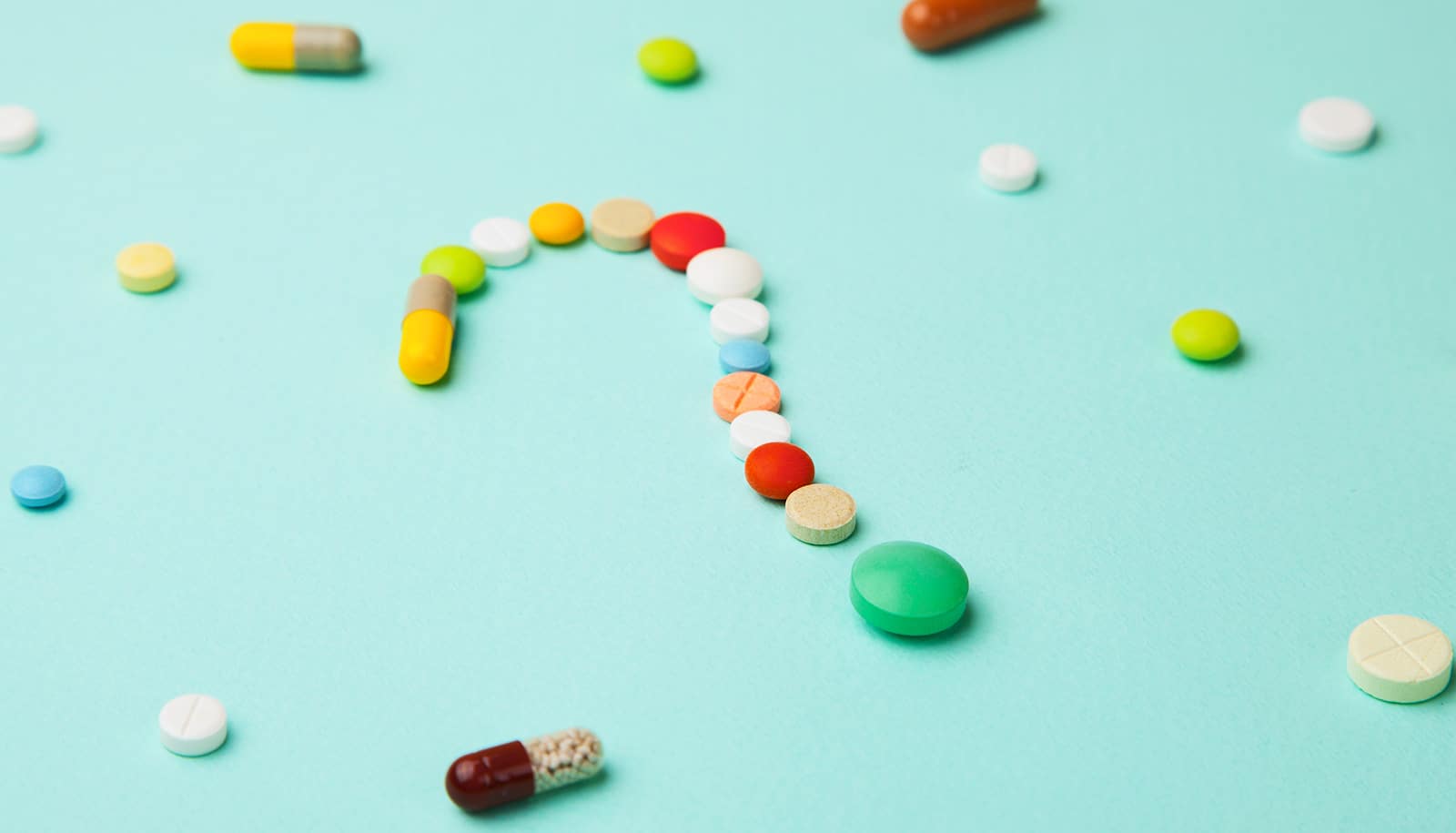Compounds called xanthones from mangosteens could provide a suitable new drug in the fight against tuberculosis, new research suggests.
Researchers report that xanthones were very effective at inhibiting and killing Mycobacterium tuberculosis (Mtb), the bacterium responsible for causing TB. The study also demonstrated that xanthones had a low propensity for developing drug resistance, making it a promising candidate in developing anti-TB drugs.
Earlier studies in Singapore using mangosteen fruit extracts found that xanthones were effective against bacterial infections such as Staphylococcus. This prompted the researchers to investigate the potential for this class of compounds in tackling multi-drug resistant TB bacteria.
“We discovered that xanthones are effective in killing off persistent strains of bacteria, a property that could result in treatment shortening therapies,” says Nicholas Paton, professor in the Division of Infectious Diseases at NUS Medicine, a member of the National University Health System (NUHS). Paton is head of the Singapore Programme of Research Investigating New Approaches to Treatment of Tuberculosis (SPRINT-TB).
“The discovery of this new potential TB drug candidate is significant; aside from two new drugs approved in recent years for multidrug-resistant TB, the disease had not seen new drug developments in over 40 years. Using a proven antibacterial compound like xanthones means we do not have to re-invent the wheel by searching for and testing totally new compounds.”
Drug from bananas may fight flu virus
TB affects an estimated 8.6 million people globally and causes some 1.3 million deaths annually. Developed nations in Europe and North America have reduced TB rates of between 5 and 10 per 100,000 people each year compared to Singapore, which sees over 40 cases per 100,000 people. Asia accounts for 59 percent of the world’s TB cases.
A rapidly aging population and the prevalence of diseases such as diabetes also contribute to the high incidence of TB cases, as compromised immune systems make older people more susceptible to infections. Many elderly TB patients could also have been latently infected when the disease was far more prevalent in the past, with the infection reactivating as they age.
The fight against TB is an uphill struggle. Common strains of TB have developed multi-drug resistance, rendering existing drugs ineffective against the disease. There is also a worryingly low number of potential new chemical entities in the TB drug pipeline at present.
Lettuce can make drugs that don’t require fridges
“The average TB patient currently expects to undergo six to 24 months of tedious treatment,” says associate professor Thomas Dick, the study’s principal investigator and head of the Antibacterial Drug Discovery Laboratory and Director of the Biosafety-level 3 (BSL-3) Core Facility at NUS Medicine.
“Xanthones offer a realistic avenue towards developing new and more effective drugs for TB with potentially shortened treatment times as well. All these factors can help in reducing the disease burden faced by Singapore’s aging population, as well as treatment costs incurred by patients and their families.”
While laboratory and preclinical testing on xanthones will take at least several more years, the discovery of its efficacy against the disease is a step in the right direction for TB research. SPRINT-TB is also working with BSL-3 to speed up the investigation into xanthones and other potential TB treatment methods.
The researchers report their work in the European Journal of Medicinal Chemistry.
Source: National University of Singapore



